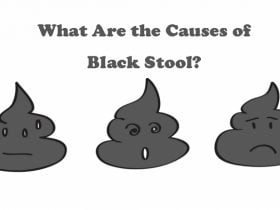Overview

Poison ivy is a common poisonous plant that causes an itchy skin rash [1]. You may also be familiar with poison oak and poison sumac, other raw-inducing poisonous plants. These plants produce an oily sap that contains urushiol, which causes an irritating, itchy allergic reaction. When you touch the poisonous plant or an object that’s been in contact with the plant’s oil, you develop an itchy rash on that area of your skin. The rash is a form of allergic contact dermatitis.
Poison ivy rash is quite common. Up to 90% of people who come in contact with ivy oil develop an itchy rash. You don’t have to be exposed to a lot of it. 50 micrograms (μg) of urushiol, an amount smaller than a grain of salt is enough to cause a reaction. You can become susceptible to a poison ivy rash at any time in your life, even if you never reacted to it in the past.
Certain people are more likely to get poison ivy rash. Although it can happen to anyone, no matter the age or gender, you are more likely to get a poison ivy rash if you are a:
- Farmer or Gardener
- Camper or hiker
- House painter
- Forestry worker
- Groundskeeper or landscaper
- Roofer













